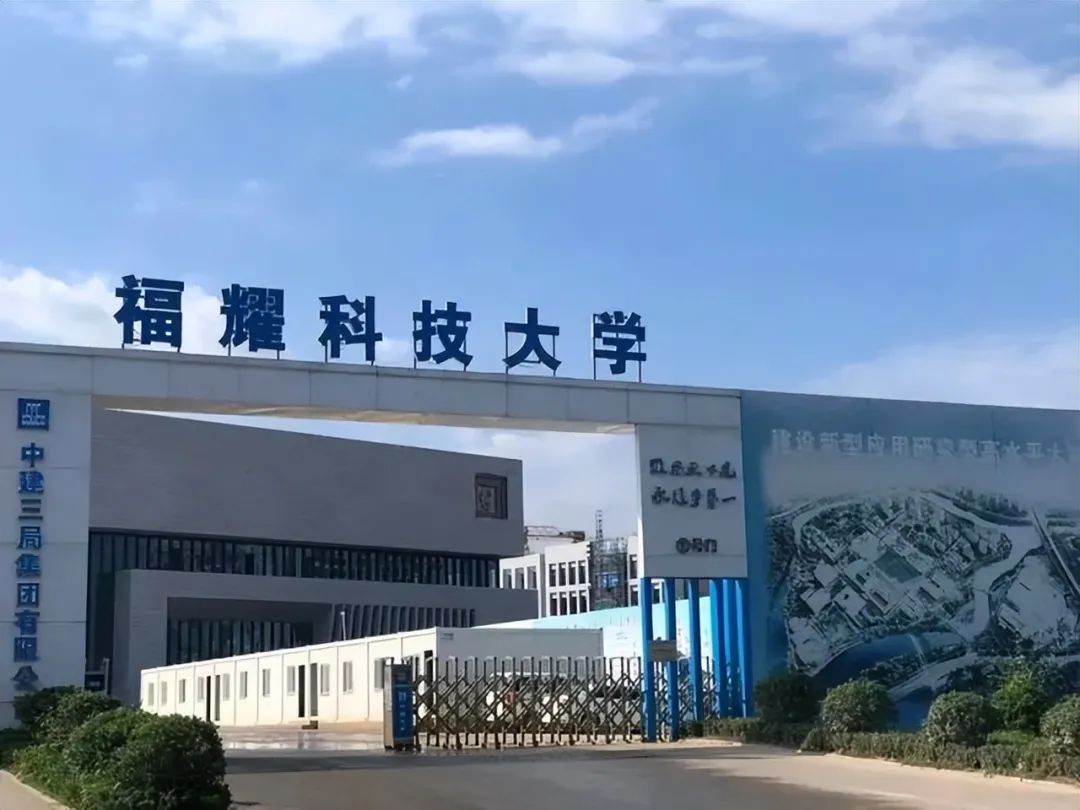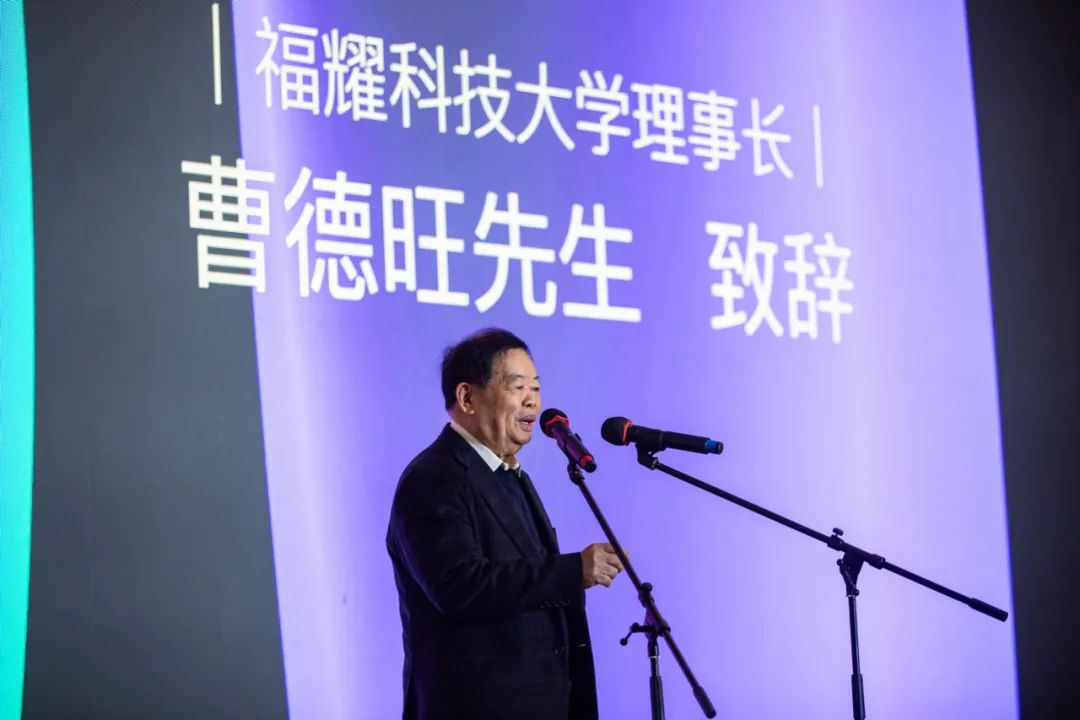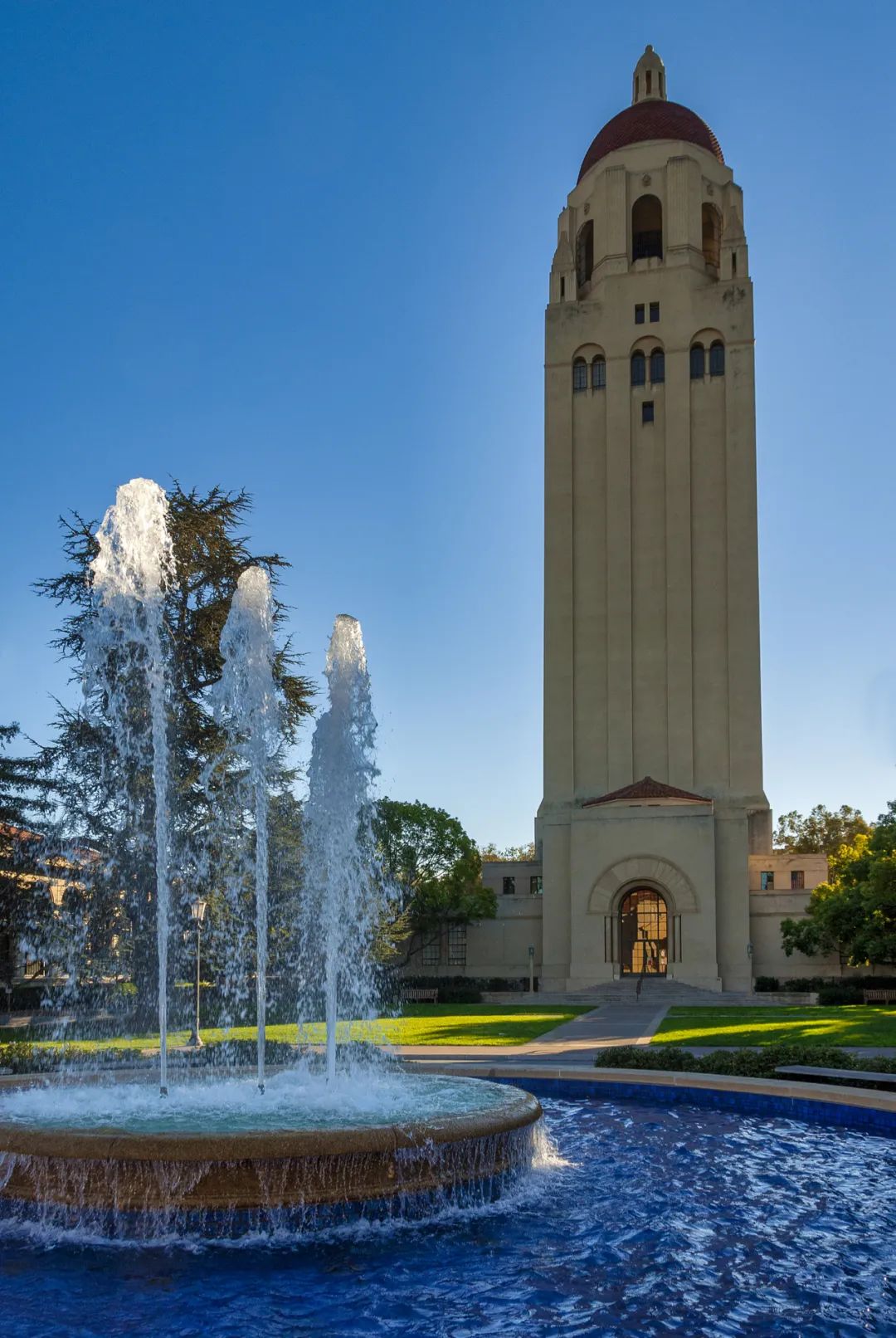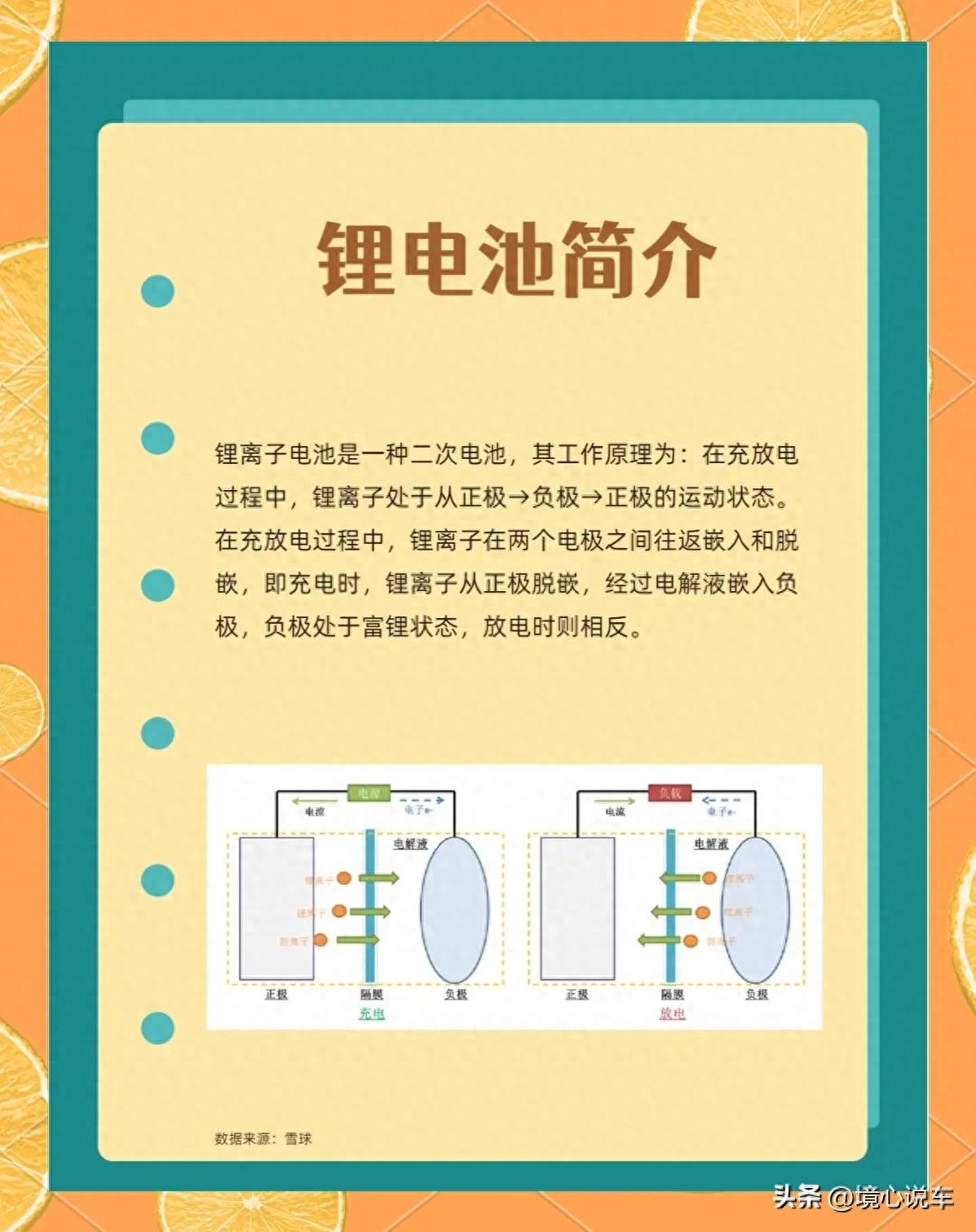Stock market
Can Cao Dewang’s “Stanford dream” come true?
 The header image is generated by Doubao, with the following words: Principal, University Gate
The header image is generated by Doubao, with the following words: Principal, University Gate
On January 13, the Ministry of Education website announced a list of 14 undergraduate colleges that were to be approved for establishment, including Fujian Fuyao University of Science and Technology. This means that this private, public-aided, non-profit, public welfare university, initiated by Fuyao Group Chairman Cao Dewang and founded by Cao Dewang with an initial donation of 10 billion yuan from the Heren Charity Foundation, has finally passed the review and obtained a birth permit.
Public information shows that Fujian Fuyao University of Science and Technology is located on Liuzhou Island, Nanyu Town, High-tech Zone, Fuzhou City, Fujian Province. The school is positioned as a comprehensive high-level research university with a focus on science and engineering, and provides undergraduate and graduate education.
As the only private university among the 14 undergraduate colleges approved by the Ministry of Education, Fuyao University of Science and Technology has been attracting attention from all walks of life since its establishment in 2021 due to its special nature and the celebrity halo of its founder. In particular, last year, the school's enrollment promotion was very grand, but it was stopped because it failed to pass the approval of the Ministry of Education, which was surprising.
Fortunately, the approval has finally been passed and the enrollment has also begun. Recently, Wang Shuguo, president of Fuyao University of Science and Technology, appeared at the Fuyao Group's annual meeting. In his speech, Wang Shuguo revealed that Fuyao University of Science and Technology will start enrolling students this year. Previously, Cao Dewang said in an interview that he would personally interview students during the enrollment process and provide an average subsidy of 50,000 yuan for each person he recruited.
Why did Cao Dewang insist on spending huge sums of money to build a new university when the population is declining and academic qualifications are seriously devalued? Will this university, which has experienced many twists and turns during its planning period, be as successful as Fuyao Glass? What are people paying attention to about Fuyao University of Science and Technology? What is the hope for the future reform of China's higher education?

 In recent years, there has been a wave of new university construction across the country. According to the China Statistical Yearbook 2024 , the number of general and vocational colleges and universities in the country has reached 2,822 in 2023 , an increase of 62 from the previous year .
In recent years, there has been a wave of new university construction across the country. According to the China Statistical Yearbook 2024 , the number of general and vocational colleges and universities in the country has reached 2,822 in 2023 , an increase of 62 from the previous year .
Among them, Henan, the province with the largest registered population, and Guangdong, the province with the largest economic output, are the most "crazy".
As a member of the famous "Four Provinces of Mountains and Rivers", Henan has a large number of candidates and few schools, and the problem of "hell mode" in the college entrance examination has always been well-known. In order to get rid of the dilemma of "higher education depression", Henan has been frantically building universities in recent years. In 2023 alone, 12 new universities were established, accounting for about one-fifth of the new universities in the country. Not only did it become the province with the largest number of new universities that year, but the total number of universities with 168 also ranked first in the country.
Compared with Henan, Guangdong started its "Great Leap Forward in Colleges and Universities" earlier and its "leap forward" methods were more diverse. In addition to building its own universities, it also cooperated with Tsinghua University, Harbin Institute of Technology, Beijing Normal University, Beijing Institute of Technology and almost all universities in Hong Kong and Macao to build branch schools or campuses.
According to incomplete statistics, there are at least 10 universities under construction or planning in Guangdong, and the fastest one will be completed by 2025.
But at the same time, there is also a voice that believes that with the annual decrease in the number of newborns, kindergartens, primary schools and even middle schools in some areas are facing an increasingly serious problem of insufficient students. Ten years later, this wave of "student shortage" will be transmitted to universities. In this case, continuing to build and expand colleges on a large scale is a waste of resources and over-construction.
In fact, in Guangdong, one of the provinces with the most crazy "Great Leap Forward" in colleges and universities, some schools have already failed to recruit enough students.
In 2024, the number of applicants for the college entrance examination in Guangdong was 768,000, second only to Henan and Shandong. Although the number of candidates is still increasing compared with previous years, some universities, including Guangzhou Technology and Business University, Zhanjiang Institute of Science and Technology, and Guangdong Polytechnic Institute, have a large number of enrollment vacancies. Among them, the number of vacancies at Zhanjiang Institute of Science and Technology has reached more than 2,000, a record high in recent years. After the first supplementary enrollment, these schools still have a large number of vacancies.
I think this contradictory phenomenon should be viewed from two perspectives.
On the one hand, in terms of total number, China does have quite a few universities, and the overall university admission rate has remained above 80% in recent years, which is not low even if you look at the world. Combined with the trend of population decline, I personally oppose the construction or expansion of ordinary second- and third-tier universities.
But on the other hand, in terms of quality, China's overall higher education level is still far behind the world's top level, which is mainly caused by the relative shortage of top universities.
Taking the 2024QS World University Rankings as an example, a total of five universities in mainland China (Peking University, Tsinghua University, Zhejiang University, Fudan University, and Shanghai Jiao Tong University) are among the top 100, which is comparable to the number of South Korea and France, whose national populations are only one-twenty-seventh and one-twentieth of China, respectively.
As for the United States, which many people see as China's main competitor in the field of scientific and technological innovation in the future, it has 26 top universities on the list, accounting for more than a quarter of the list, which can be said to be a dominating presence.
Cao Dewang’s dream of running a school was born in this context.

 Coincidentally, at almost the same time when Fuyao University of Science and Technology was approved, Hangzhou also announced the establishment of "Qiantang University". And similar to Fuyao University of Science and Technology, which was mainly funded by Cao Dewang, the "financial owner" behind "Qiantang University" is China's richest man and founder of Nongfu Spring, Zhong Shanshan.
Coincidentally, at almost the same time when Fuyao University of Science and Technology was approved, Hangzhou also announced the establishment of "Qiantang University". And similar to Fuyao University of Science and Technology, which was mainly funded by Cao Dewang, the "financial owner" behind "Qiantang University" is China's richest man and founder of Nongfu Spring, Zhong Shanshan.
According to local media reports, "Qiantang University" will be based on the Zhejiang Qiantang Institute of Basic Sciences. The Qiantang Institute of Basic Sciences was established in November 2023 with a donation of 100 million yuan from the Qiantang Education Foundation, which was founded by Zhong Shanshan in 2021.
The purpose of the foundation is to fund the construction and development of high-level private universities, introduce top scholars and outstanding talents, cultivate top innovative talents in cutting-edge scientific research and high-tech fields, and provide intellectual support and high-end talent support for economic and social development.
This is not the first high-level university established by the private sector in Zhejiang. From West Lake University, the first private research university in the history of New China, which was established by social forces and supported by the state, to Ningbo Oriental Polytechnic University, which was just announced to the public in November last year with tens of billions of dollars donated by Yu Renrong, the founder of Weier Group, almost all the top universities newly built or under construction in Zhejiang in recent years are privately run.
This is not difficult to understand. After decades of development, China's university structure has basically solidified, and the top universities, such as Tsinghua University and Zhejiang University, have annual operating expenses of tens of billions.
Considering the government's financial constraints in recent years and the fact that the Ministry of Education has so many "sons" to take care of, there is almost no spare energy to build new top universities. This matter can only be done by the private sector.
In fact, all the Ivy League schools in the United States are private universities. In Chinese history, a group of private universities represented by "Northern Kaishan University, Southern Daxia University" were once top universities on par with Peking University and Tsinghua University. Among them, the Southwest Associated University, jointly established by Nankai University, Tsinghua University and Peking University during the Anti-Japanese War, was a peak and a legend in the history of Chinese higher education.
However, unlike the famous private universities that were scattered all over the country, these newly built or planned top private universities are all concentrated in the southeast coastal provinces of Zhejiang and Fujian. As we all know, although these provinces have developed economies and strong industrial bases, they are small provinces in terms of higher education due to historical reasons.
Zhejiang is the poorest, with only one 985 university; Fujian is slightly better, but also has only one 985 and one 211 university. And this only 985 is a private university founded by the patriotic overseas Chinese leader Tan Kah Kee that was "transferred to the public".
Fortunately, a hundred years later, a new generation of Chinese entrepreneurs has once again stepped forward and contributed to helping China's higher education catch up with the world's best levels.
It has to be said that private capital and private entrepreneurs have not only helped Fujian and Zhejiang, two provinces with many mountains and little land and scarce resources, to achieve economic take-off and become the two provinces with the greatest improvement in ranking since the reform and opening up, but are also changing the university landscape in the two places and even the whole country. Especially in the context of the Ministry of Education's call to stop the establishment of schools in other places, this may be the only way for the developed coastal provinces to make up for the relatively insufficient resources of top universities, and objectively promote the gradual shift of the focus of higher education to the south, which is really a great achievement.
 |Stanford University Campus
|Stanford University Campus
 Compared with several top private universities, Fuyao University of Science and Technology has a clear benchmark, which is Stanford University in the United States. However, Wang Shuguo also frankly said in his speech at the Fuyao Group Annual Meeting, "Many people are dismissive and say that you can build a Stanford with 10 billion yuan? "
Compared with several top private universities, Fuyao University of Science and Technology has a clear benchmark, which is Stanford University in the United States. However, Wang Shuguo also frankly said in his speech at the Fuyao Group Annual Meeting, "Many people are dismissive and say that you can build a Stanford with 10 billion yuan? "
But he then said, "Nothing is impossible in the world. It depends on whether it conforms to the laws of development of the times and whether it conforms to the needs of the development of the times."
This courage is undoubtedly commendable, and I don’t think whether a top university can be established is simply a matter of money. In fact, when Fuyao University of Science and Technology failed to pass the approval last year, many people analyzed its problems, including insufficient faculty, lagging infrastructure construction, and immature school philosophy and specific planning. To solve these problems one by one, it takes both money and time.
Most of the top universities in the world today have a history of hundreds or even thousands of years. Of course, the time it takes for a university to achieve results has been greatly shortened in modern society. For example, the Hong Kong University of Science and Technology, which Southern University of Science and Technology benchmarked, was only established in 1991, and ten years later it became one of the top universities in Asia.
The school's latest ranking is 2nd among young universities in the world, 7th in Asia in the 2023THE ranking, 60th in the world in the 2024QS ranking, and 29th in the world in employability. It is a miracle recognized by the international higher education community.
However, it should also be noted that the rapid rise of HKUST was due to the opportunities of the times (the 1980s and 1990s were a period of economic transformation in Hong Kong), as well as the strong faculty (HKUST was founded entirely by "returned" Chinese intellectual elites), but more importantly, the relaxed academic atmosphere, smooth international exchange environment, and higher education system that was in line with scientific research and innovation in Hong Kong at that time. These are the real difficulties, and they are not something that the university founders themselves can control or change.
After all, in the 1980s when HKUST was being planned, the mainland also began a vigorous exploration of higher education reform, and built a brand new Shenzhen University in Shenzhen, near Hong Kong, as a test field for university reform.
At that time, in order to run this "Special Zone University", "Window University" and "Experimental University" well, the central government, the Ministry of Education and local governments tried their best, not only providing money but also sending people. They also organized Peking University to assist in the construction of Chinese and foreign language disciplines, Tsinghua University to assist in the construction of electronic and architectural disciplines, and Renmin University to assist in the construction of economic and legal disciplines... But for various reasons, Shenzhen University has long been lost in the crowd of universities, not even a 211. This led to the establishment of South China University of Technology.
Since its establishment, SUSTC has also faced numerous obstacles. The first president Zhu Qingshi once revealed that the education department disagreed with Shenzhen's preparations for SUSTC for a long time. "Because Shenzhen's idea of running SUSTC is incompatible with existing rules, regulations, laws and regulations." If SUSTC sets a precedent, other latecomers will make the same request, which is obviously not in line with the existing rules of the game.
It is hard to say whether these rules have changed now, so although we should affirm this wave of private top universities, whether they can eventually become world-class institutions like Stanford as expected, and then drive a comprehensive explosion of industrial technology, will have to be tested by time.
-
上一篇

The profit margin is as high as 200%! The Shanghai Municipal Administration for Market Regulation ha
Are the domestically produced "Russian products" t...
-
下一篇

Finally know how much it costs to install lithium batteries for 48V, 60V, and 72V electric vehicles?
Electric vehicles are classified by voltage into 48 volts, 6...
相关文章
- It has fallen again. Why can’t the Chinese stock market continue to rise?
- A record high! Gold jewelry in gold shops exceeds 830 yuan per gram, and consumers say they can't af
- Today's study: Do you want to buy insurance? Which insurance can be deducted before corporate income
- How much money can a soldier get after retiring from the military? Three things you should never do
- The medicine sold at the pharmacy for 179 yuan is only sold for 126 yuan online! The patient scanned
- With a "tobacco license", you can easily earn 30,000 to 40,000 yuan a year? Listen to the
- What headphones are better for running? Share the best running headphones you can't miss in 2025!
- Cancellation of outpatient prepayment and standardization of hospitalization prepayment will be offi
- When I enlist in the spring of 2025, can I choose my military branch? Which military branch should I
- US Forum: If China launches a DF-31AG towards the Philippines, can the United States help intercept




